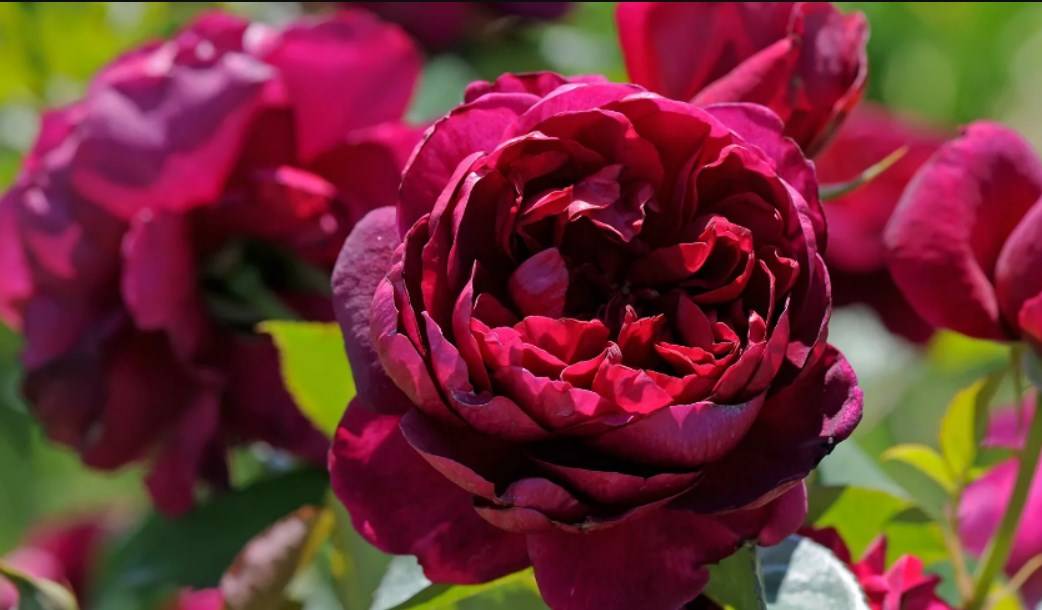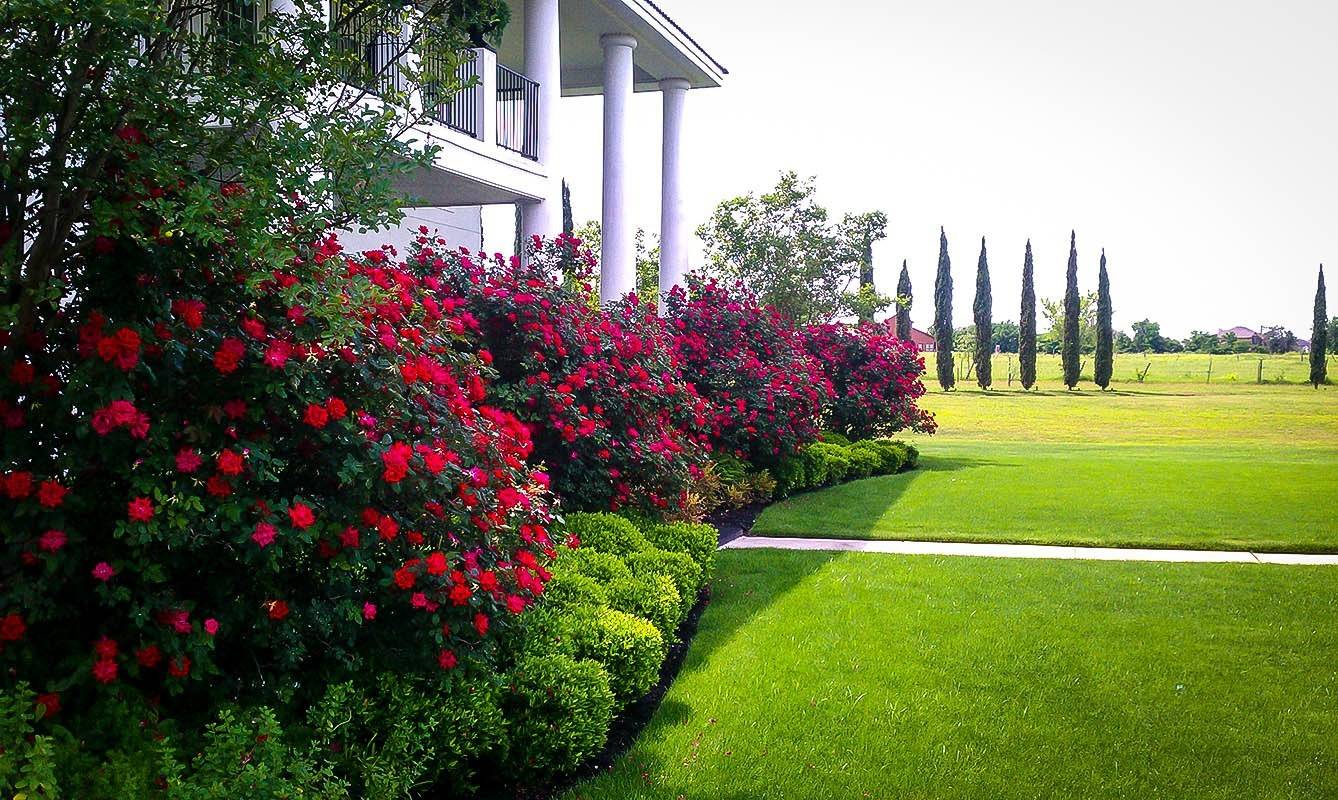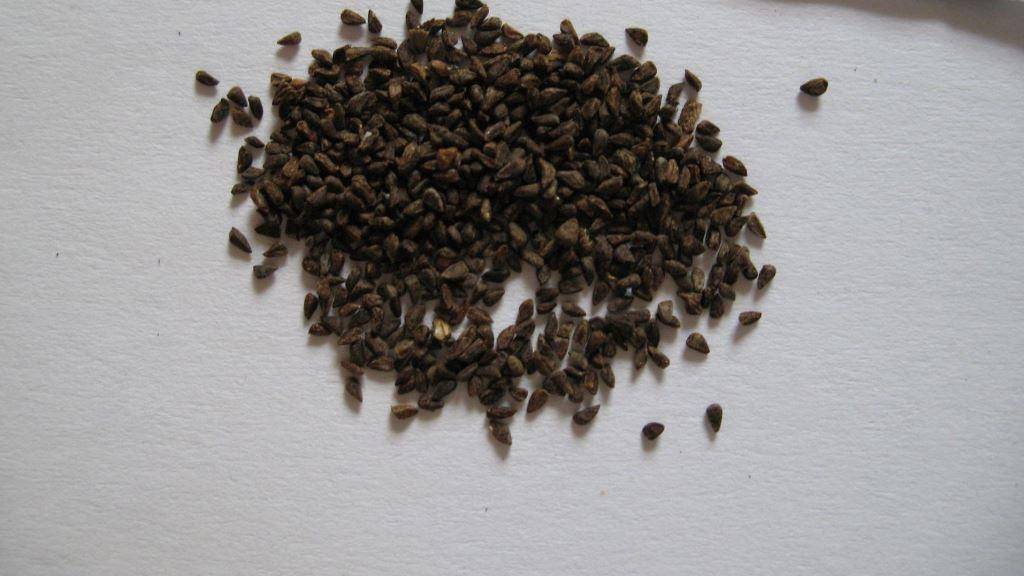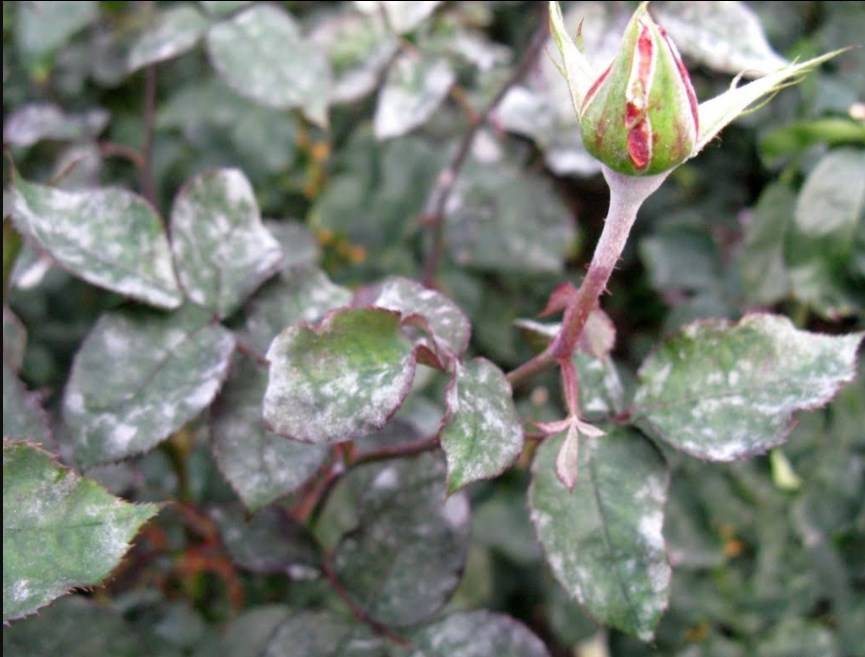Rose Ascot (Ascot) - what kind, characteristics
Content:
For more than a year or even decades, roses are the most popular type of flowers among gardeners. They have become a real decoration of the flower garden thanks to the delicate and lush inflorescences, noble shades of buds and an attractive aroma. The Ascot rose variety is especially fond of domestic gardeners because of the rich cherry color of flowering and unpretentious cultivation.
History of creation and features of the variety
Ascot hybrid tea rose has a spherical shape of flowers, the surface of its petals is densely double. The color is purple-violet, the buds bloom quite slowly.
The variety was bred in Germany in 2007 by breeder Hans Jürgen Evers, and was introduced to the world market under the promotion of Rosen Tantau. Saplings brought from Germany are especially valuable.
Brief description, characteristic
A flowering plant has the following characteristic features:
- Most often, the height of an adult and formed bush fluctuates between 0.8-1 meters, but sometimes these indicators reach 1.2 meters.
- The bush is a typical representative of hybrid tea roses. Flowering occurs in the upper part of the bush, which consists of shoots of approximately the same length.
- The buds are characterized by a rich dark cherry color with a pronounced purple tint. Sometimes there are flowers of purple and / or lilac color.
- Flowering is characterized by its abundance, duration and repetition of flowering during one growing season.
- The Ascot variety belongs to hybrid tea roses, despite the fact that on most English-speaking sites the plant is presented as a bush (scrub).
- The flowers are cup-shaped, the originators position them as "nostalgia type", the surface of the petals is terry. If you did not pay attention to the shape of the structure and color of the foliage, then you can confuse a flower with a small peony, they are very similar.
- During flowering, the bush exudes a rich, rather heavy, but at the same time pleasant aroma.
The rose looks advantageous when planted in groups, in the middle of the lawn or along the paths.
Use in landscape design
Due to its excellent decorative qualities and unpretentiousness in growing, the Ascot hybrid tea rose is often used by landscape designers when decorating lawns and personal plots.
The height of the bush is average, but this does not prevent it from looking good in single plantings. They form hedges, bushes are planted along paths and curbs. In group plantings, pink bushes look advantageous against a background of light flowers.
Advantages and disadvantages of the variety
Rose Ascot has the following features:
- A spectacular appearance combined with a slow opening of the buds, due to which the bush is strewn with inflorescences throughout the entire flowering.
- The shoots are not very thorny, which makes planting, pruning and caring for the bush easy.
- In mid-latitudes, the plant calmly survives the winter.
- High foliage density.
- Resistance to diseases and attacks of pests.
As for the shortcomings, there is only one, but quite weighty - the petals quickly "burn out" under the direct influence of sunlight. Therefore, the site for planting must be selected with extreme care.
Growing a flower, especially planting in open soil
Planting and growing a flowering crop has no fundamental differences in comparison with other varieties. The only thing to consider is the choice of a site for planting a cutting.
To grow Ascot roses, you can use seeds or already grown seedlings. Of course, if you resort to the first method, then the process will last much longer. But subject to the purchase of high-quality planting material, the plant will be more hardy. This growing method is most often used by flower breeders or experienced florists.
As for the planting of seedlings, then already in the next year, subject to all conditions, one can observe a lush and abundant flowering.
The most suitable time for planting flowers is spring. Before the onset of cold weather, the plant will have time to take root and calmly survive the winter. The site for planting should be light, but not very sunny, otherwise the delicate petals of the plant will get burned.
The landing algorithm is as follows:
- Dig a hole with a depth according to the calculation of the length of the root system + a margin of 15 cm, about 40-60 cm in diameter. The hole is abundantly filled with water.
- The excavated soil must be mixed with wood ash and compost.
- Lower the stalk into the pit at the level where the grafting site is located.
- The entire cavity must be covered with a previously prepared substrate and tamped a little.
- You need to dig a furrow around the perimeter of the landing site.
- At the end, water the bush again abundantly.
Blooming rose
Flowering is long, lasts from June to mid-October, in several waves. The plant, depending on weather conditions and care characteristics, can bloom up to three times during one growing season.
But there are cases when the plant “refuses to bloom”. There may be several reasons:
- wilting / aging of the plant;
- the plant is planted only the first year;
- bacterial burn on the stems that appeared after hibernation (a common problem);
- unsuccessful landing site;
- care errors;
- a large number of weeds around the bush.
If you do not determine the provoking factor, then the plant will gradually wither until it disappears altogether.
Plant care
In leaving, rose bushes are unpretentious. However, if you do not follow even the minimum of agrotechnical rules, the plant will quickly fade or not bloom. An integral part of Askot care:
- regular watering;
- application of mineral / organic fertilizers;
- pruning;
- carrying out preventive measures against diseases and pests.
Watering
The recommended frequency of watering is 1-2 times a week, depending on weather conditions. When watering, the moisture should reach a level of approximately 25 cm.In the first months after planting, mulching must be carried out in a circle of about 8-10 cm.
Top dressing
The first feeding is carried out at intervals of 1 month. To do this, use:
- fermented poultry manure concentrate, which is diluted in a ratio of 1 liter of concentrate to 10 liters of pure water;
- special mineral complexes.
In the second half of summer, the plants stop fertilizing as they must begin to prepare for the dormant period.
Pruning
For successful growth and development, it is important to prune the plants with the arrival of spring to give the correct shape and remove damaged shoots. In the summer, wilted buds, as well as weak leaves and shoots are removed. In the fall, during preparation for wintering, again damaged and weak shoots are removed.
It is best to use any natural fabric as a covering material for the winter to protect against frost.
Flower propagation
Most often, this plant is propagated by cuttings. Shoots for planting are cut shortly after the flowering of the shrub, that is, from late summer to mid-late autumn. It is possible to plant seedlings that have already sprouted roots only in the spring.
Most often, cuttings are rooted using potatoes:
- Suitable shoots are cut, on which there are several nodules.
- In the illuminated area, they dig a trench about 15 cm deep.
- Approximately a third of the trench is covered with sand.
- Cuttings about 10-12 cm are placed in potato tubers.
- Finally, the cuttings are placed in a ditch and covered with a mini greenhouse.
The greenhouse must be periodically ventilated, be sure to water it with sugar syrup. After 1 month after planting, the plant must be hardened.
Diseases, pests and ways to control them
The Ascot rose variety is resistant to most diseases and pests. However, with improper or irregular care, a number of problems may arise.
Green aphid
You can fight a pathogenic microorganism with 1 bar of laundry soap and infused wormwood in 10 liters of water. The leaves and stems of the bush are plentifully treated with the resulting composition once a week until complete recovery.
Powdery mildew
You can fight the ailment with a baking soda solution. For 1 liter of water, there are 40 g of baking soda, spray at intervals of 2 times a week.
In specialized stores there is a large assortment of drugs that are used for the prevention and treatment of pathologies.
The hybrid tea variety Ascot is a garden decoration that, during flowering, exudes an incredible aroma and evokes pleasant nostalgic sensations. In order for the plant to please its owner with abundant flowering, all care requirements must be observed.
It is recommended to purchase roses in special nurseries or from friends, otherwise there is no guarantee that you will get exactly the plant in question. It is important to inspect the cutting carefully before purchasing. The presence of dry branches and damage indicates that the planting material is not of very high quality, therefore, whether the seedling will take root is also unknown.






















